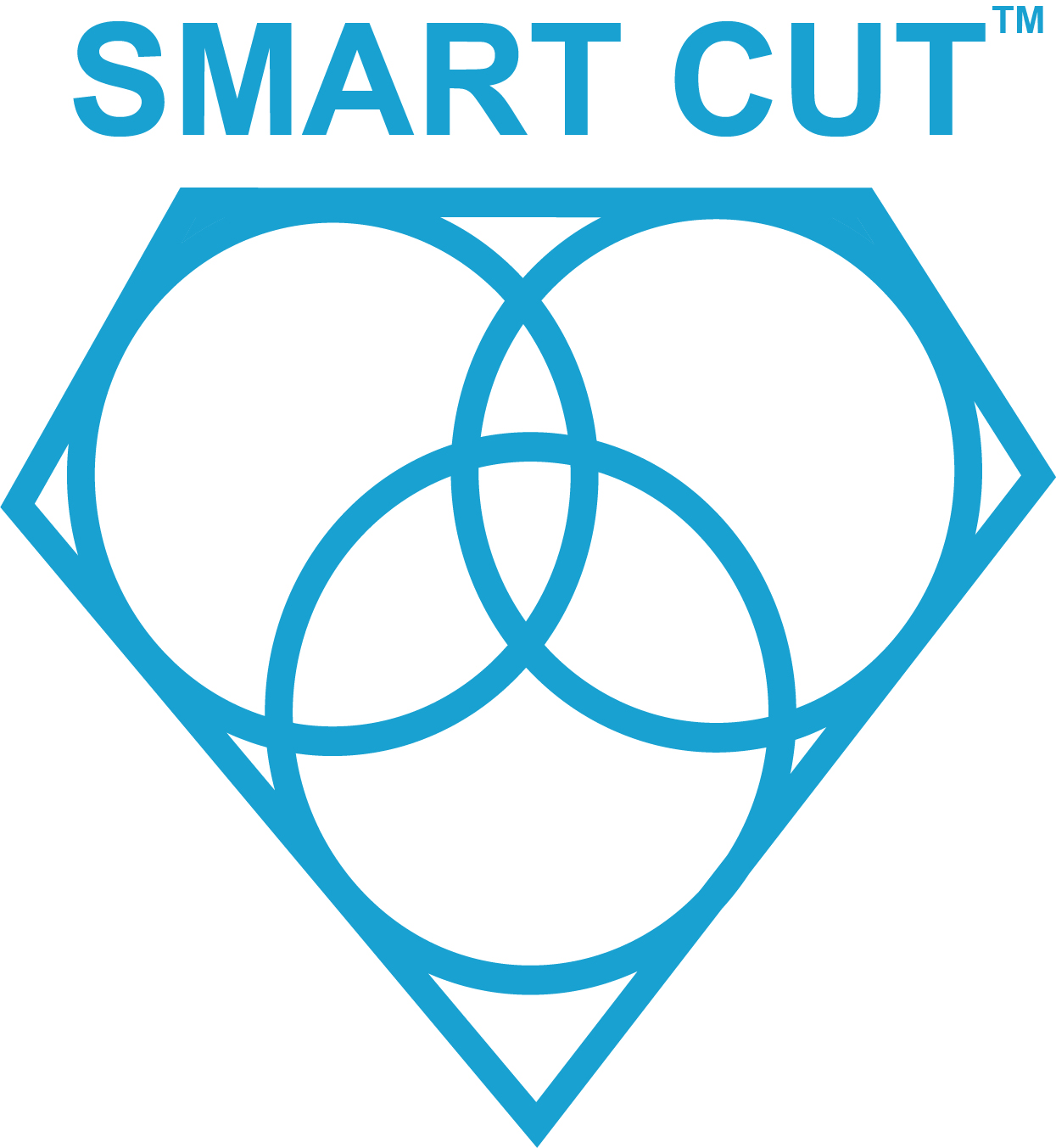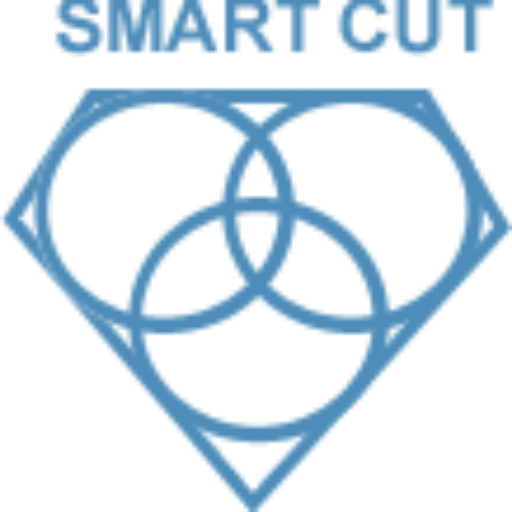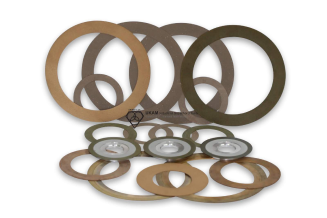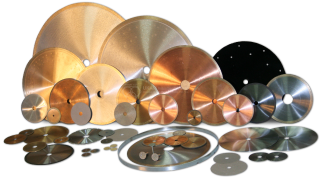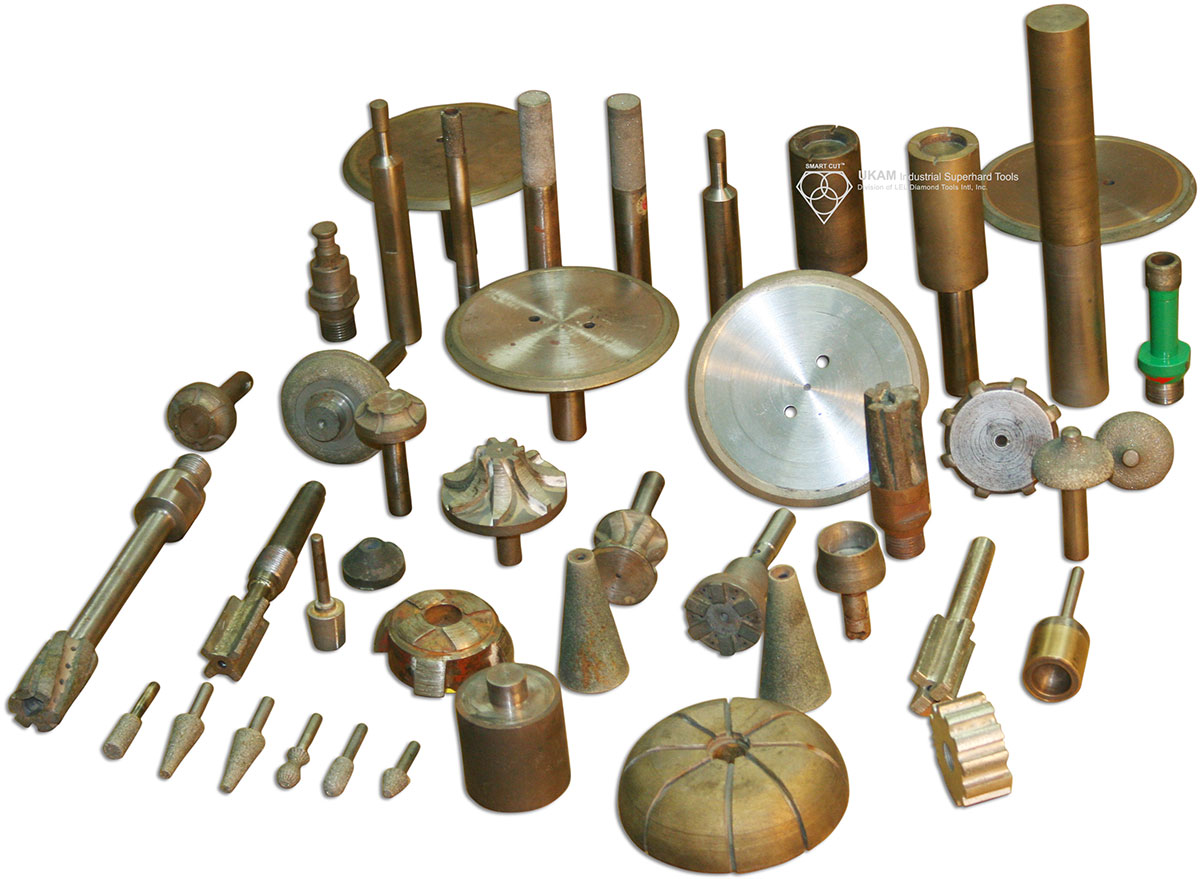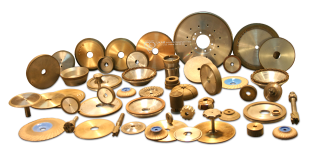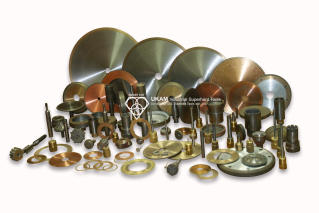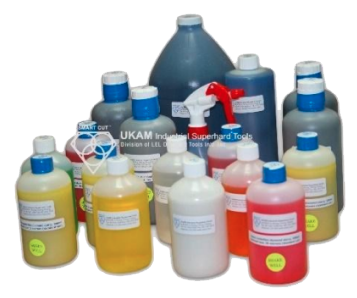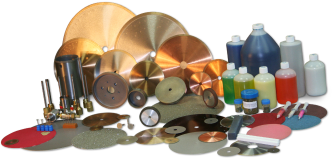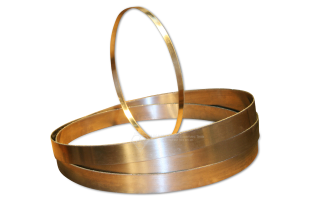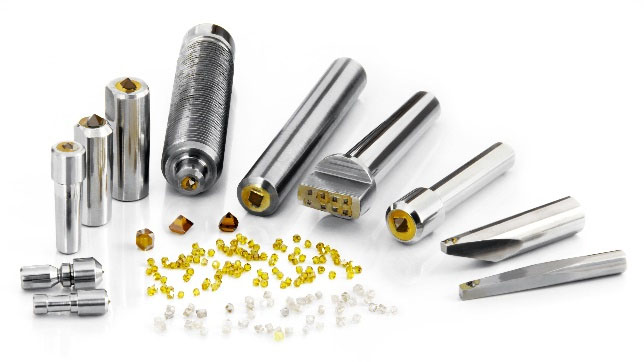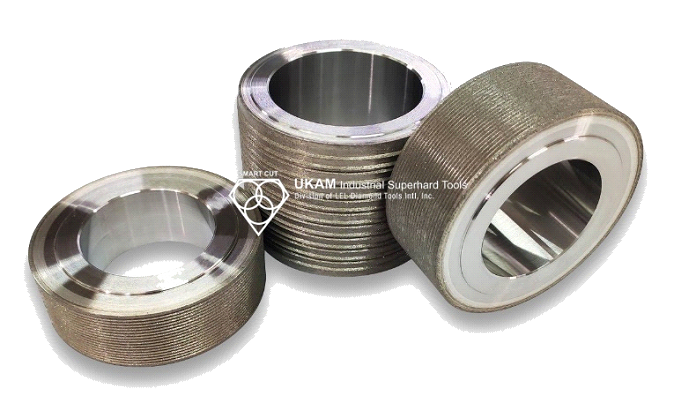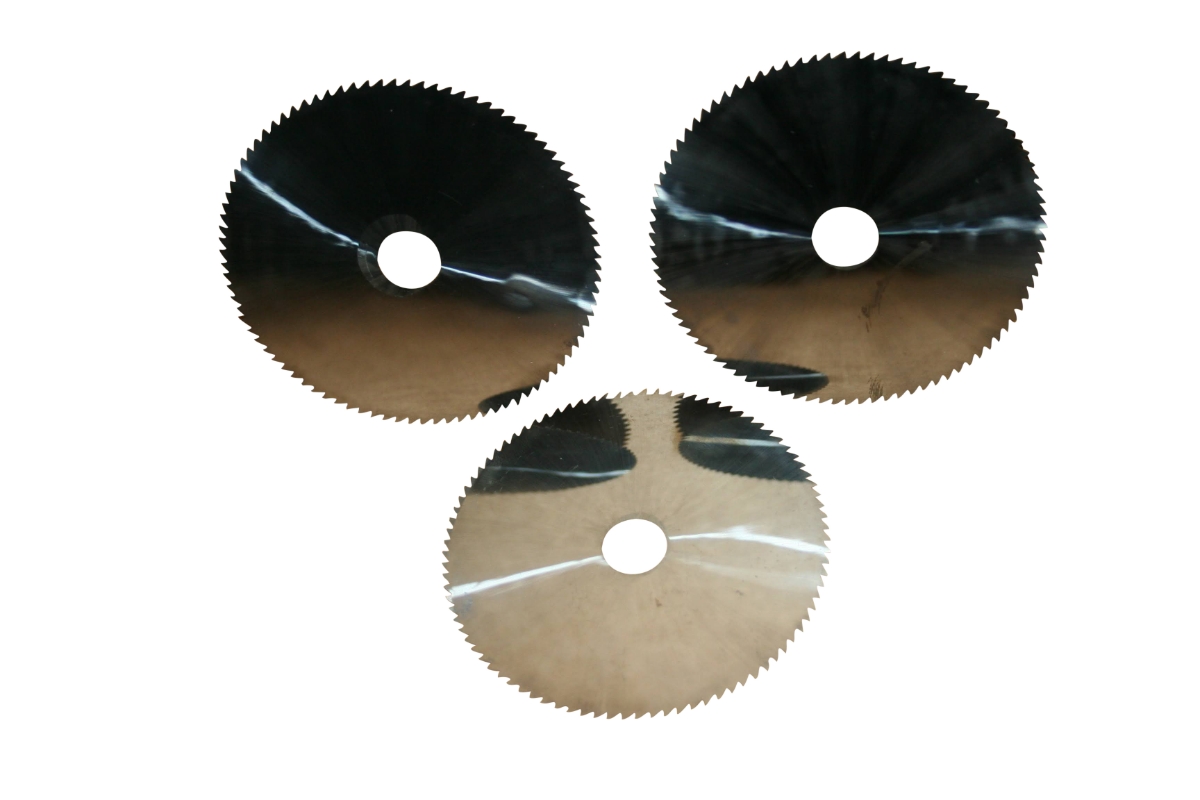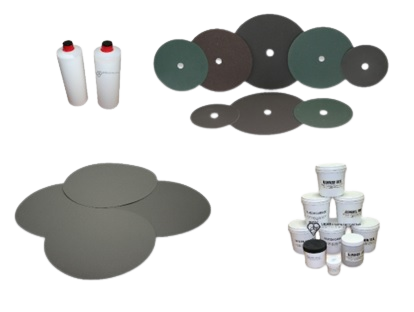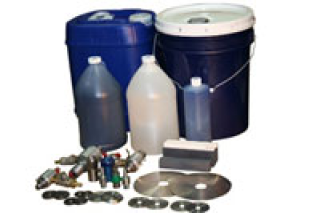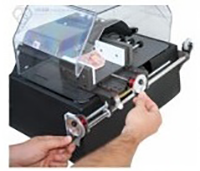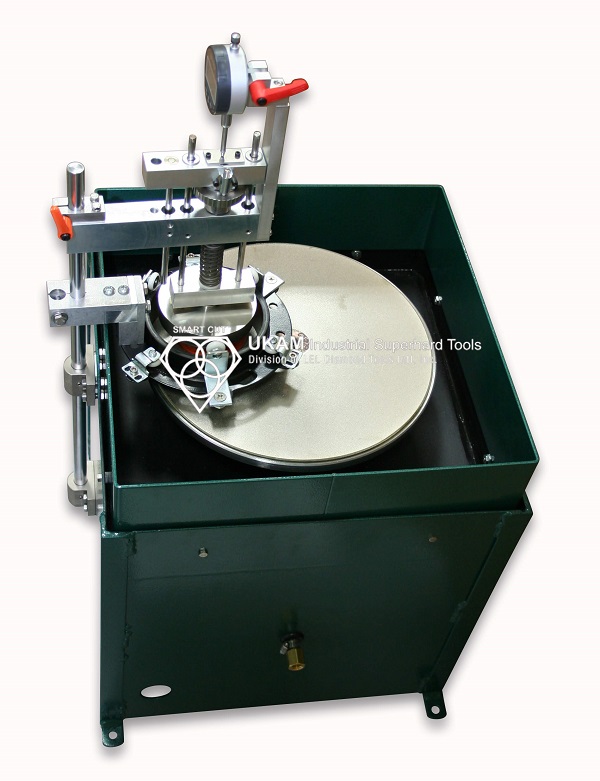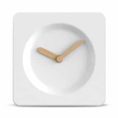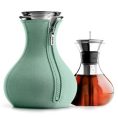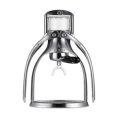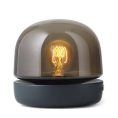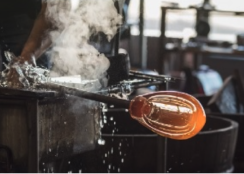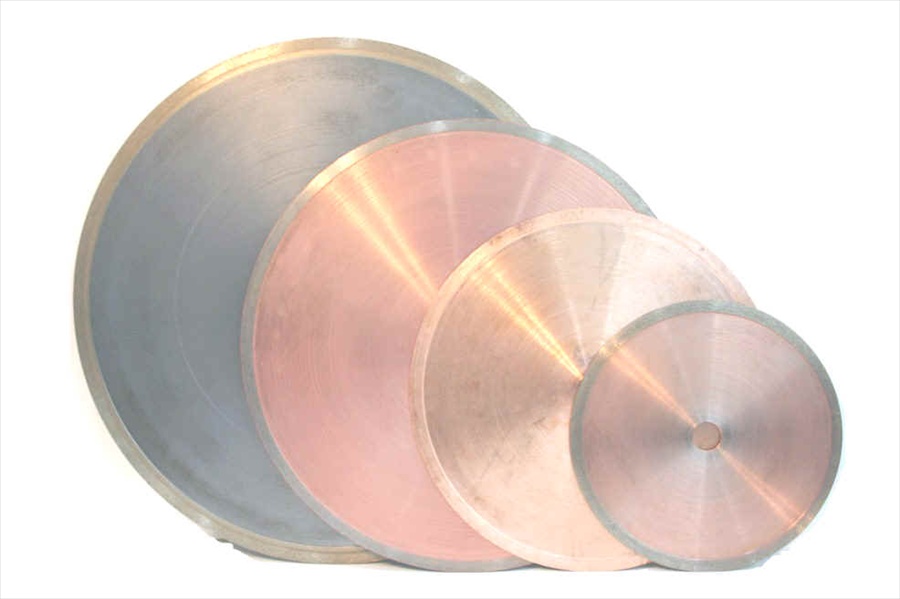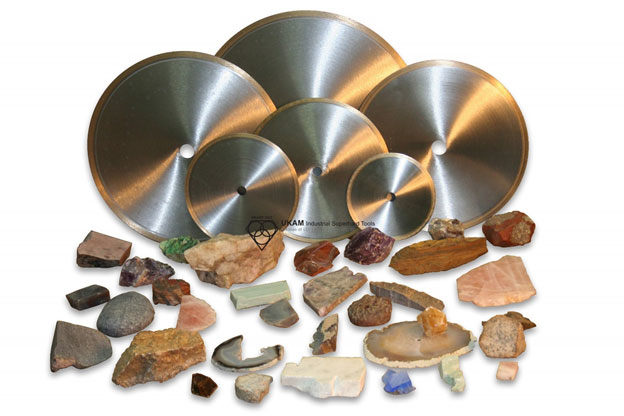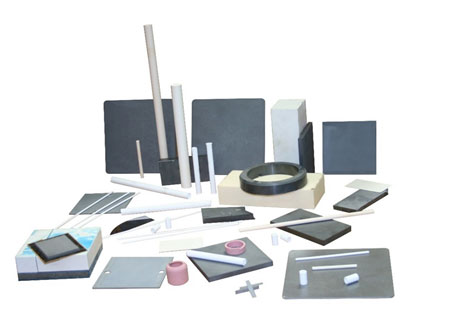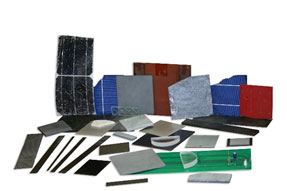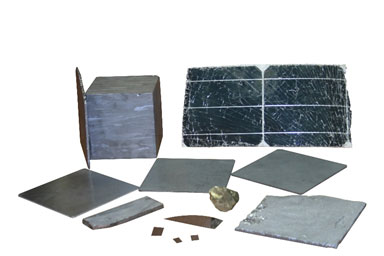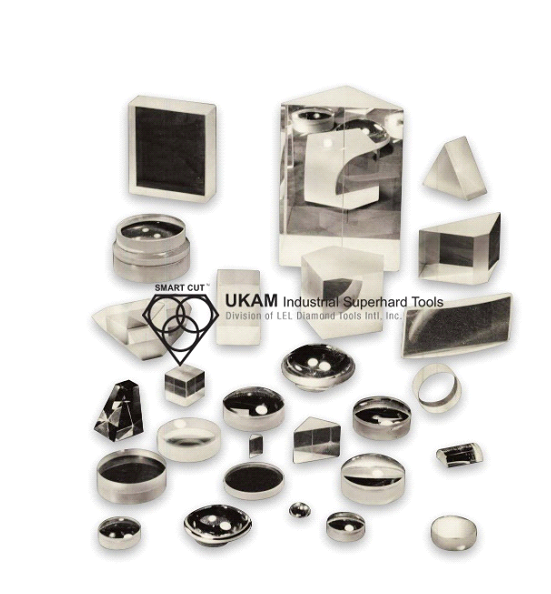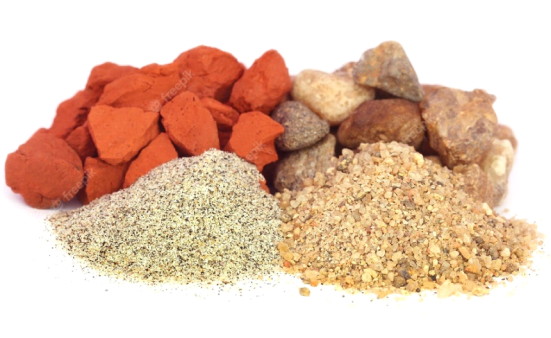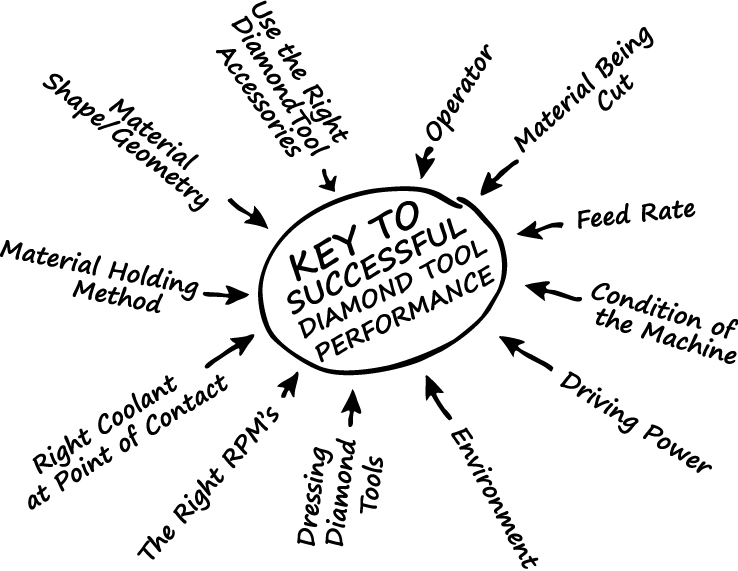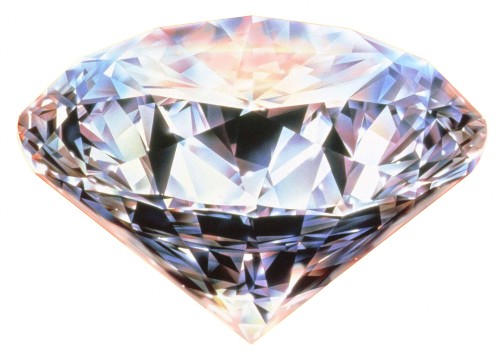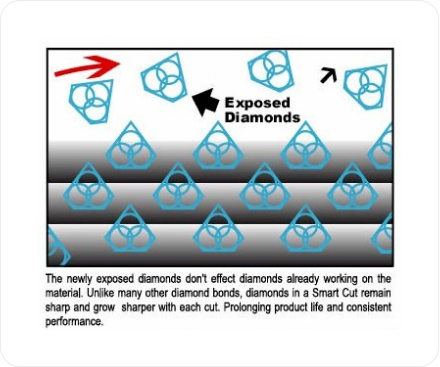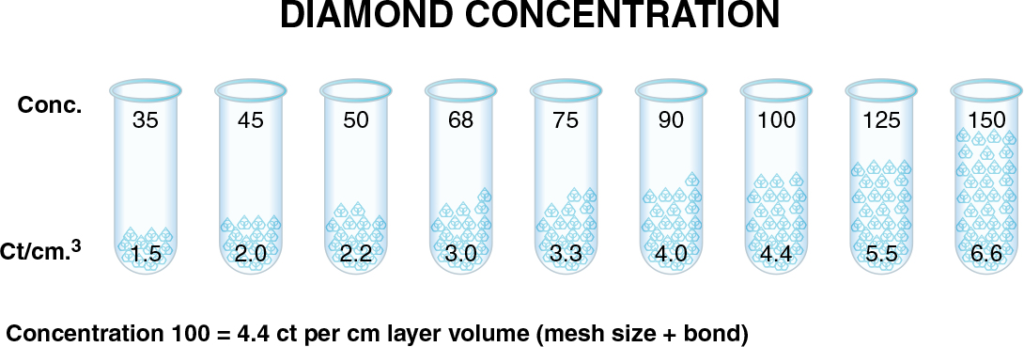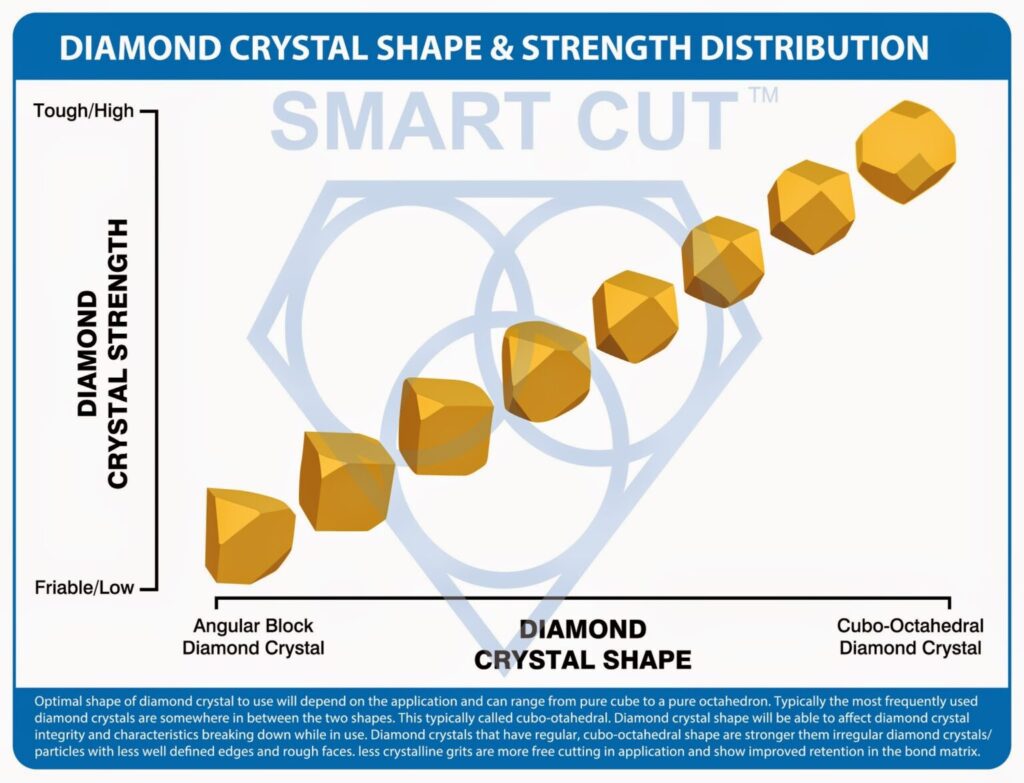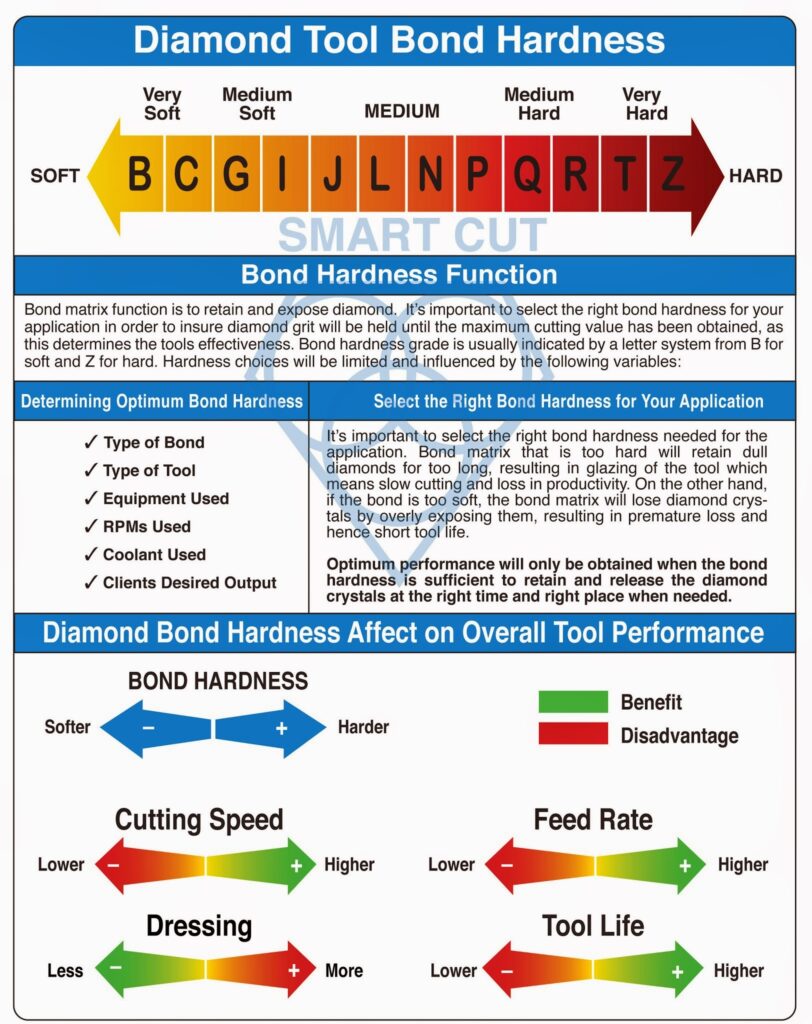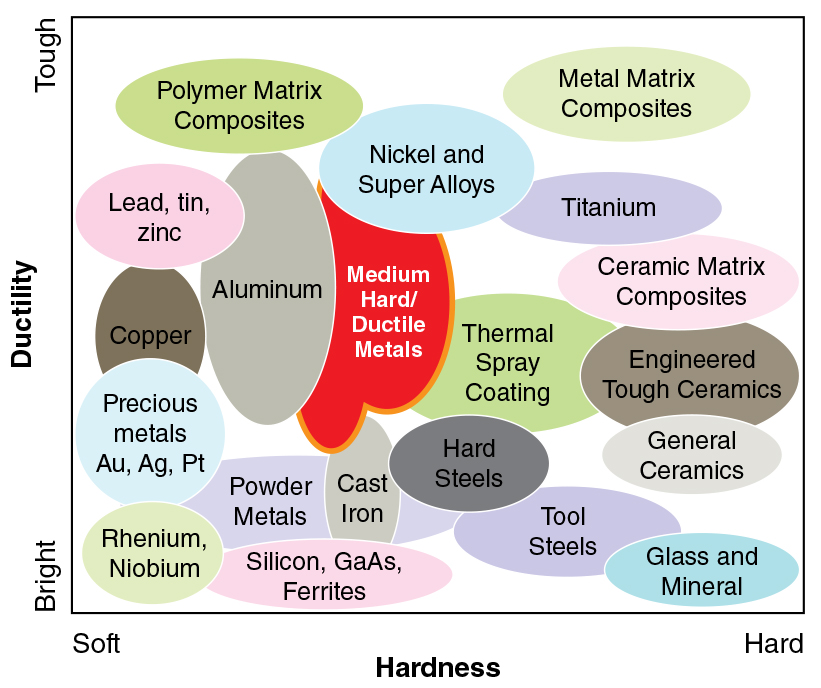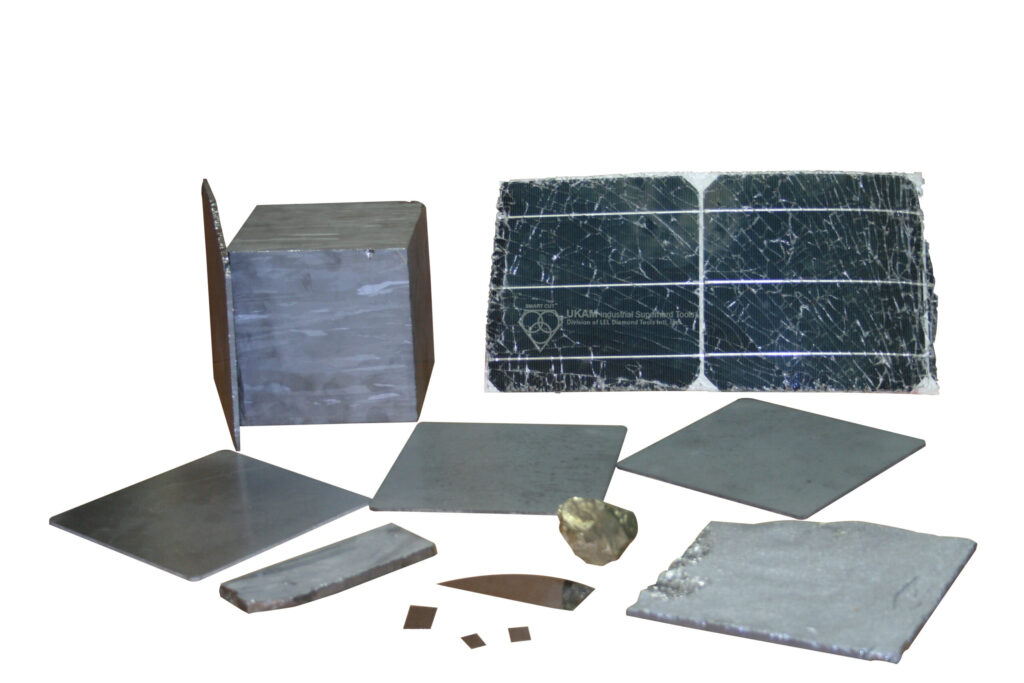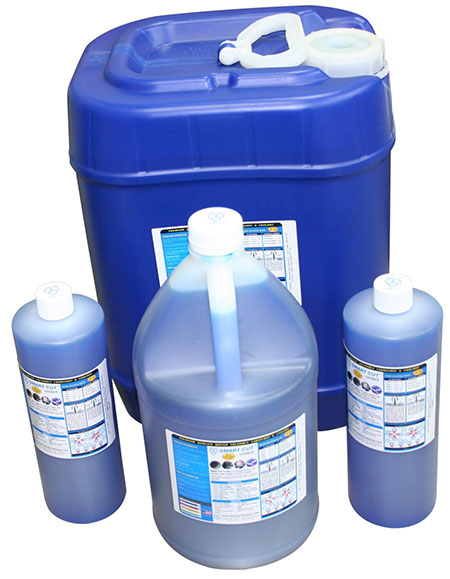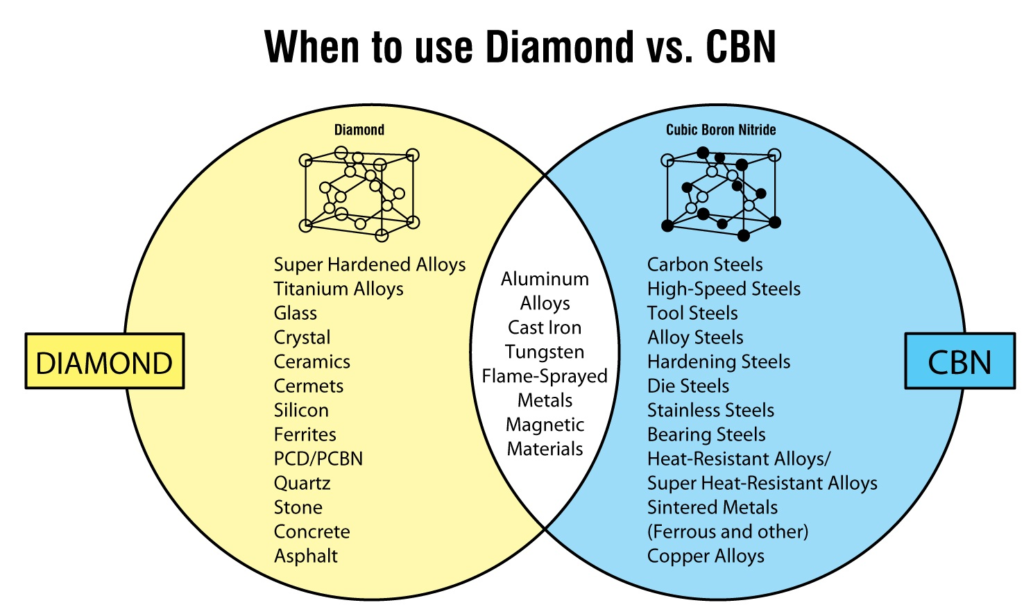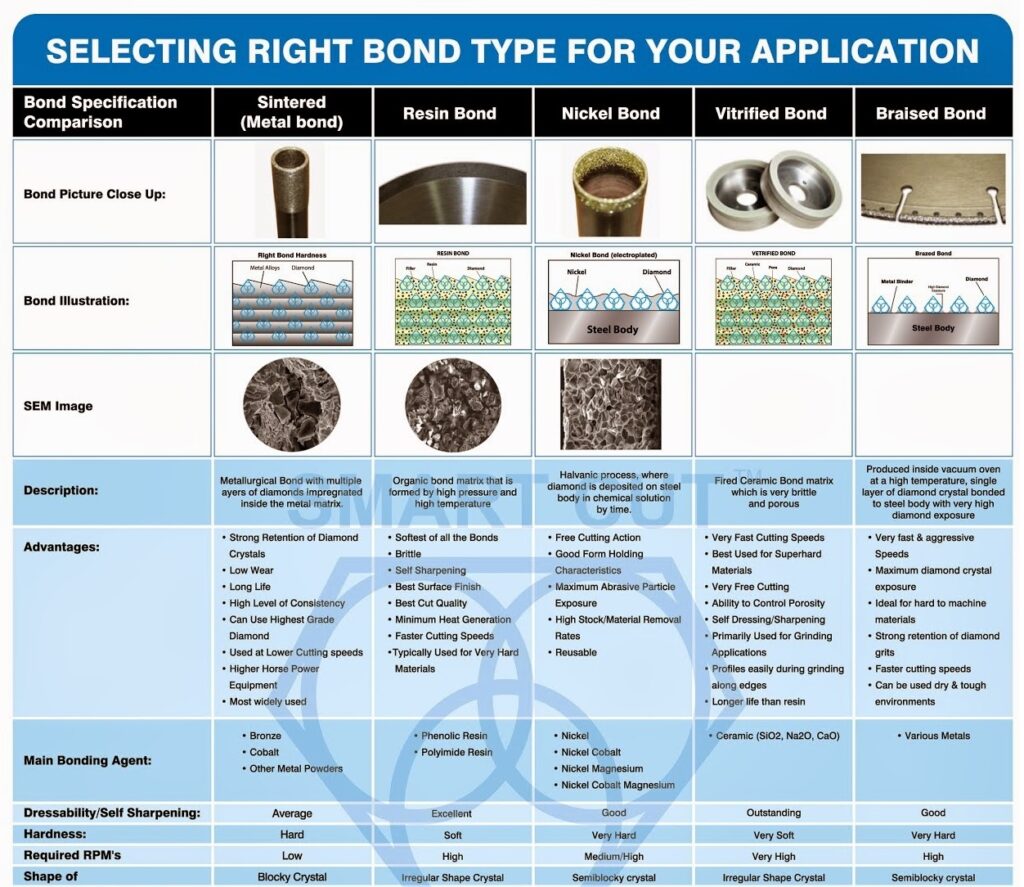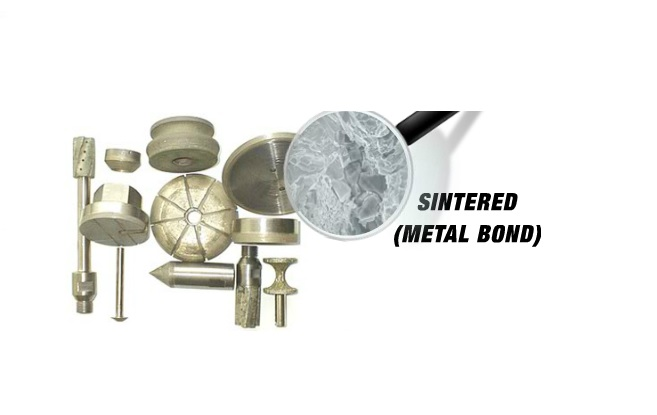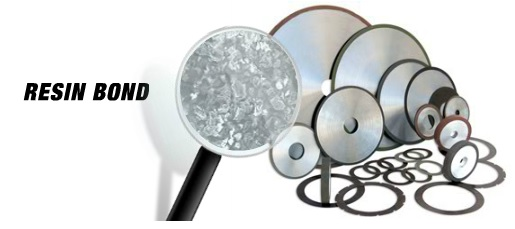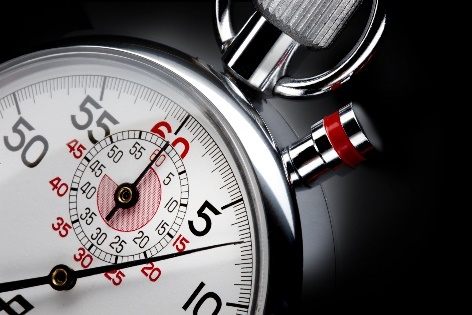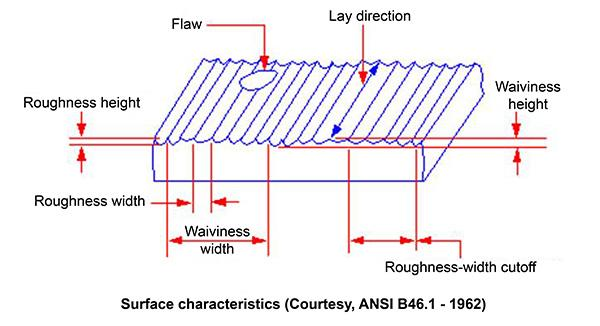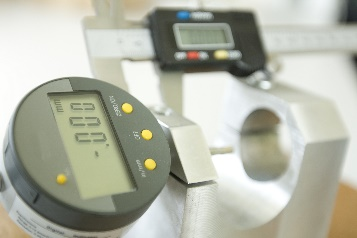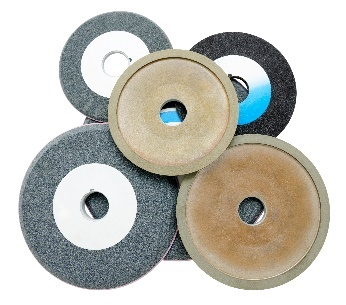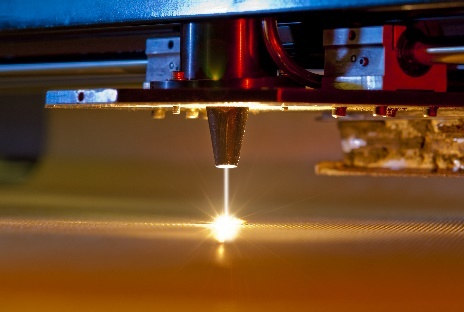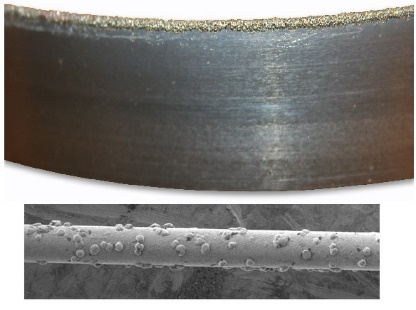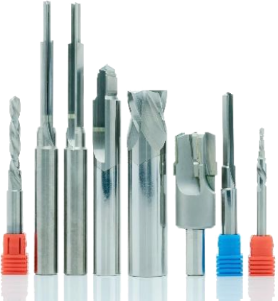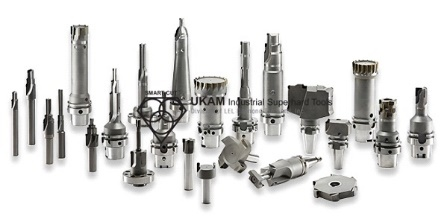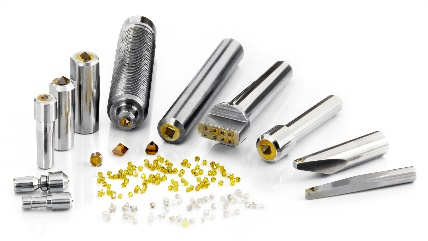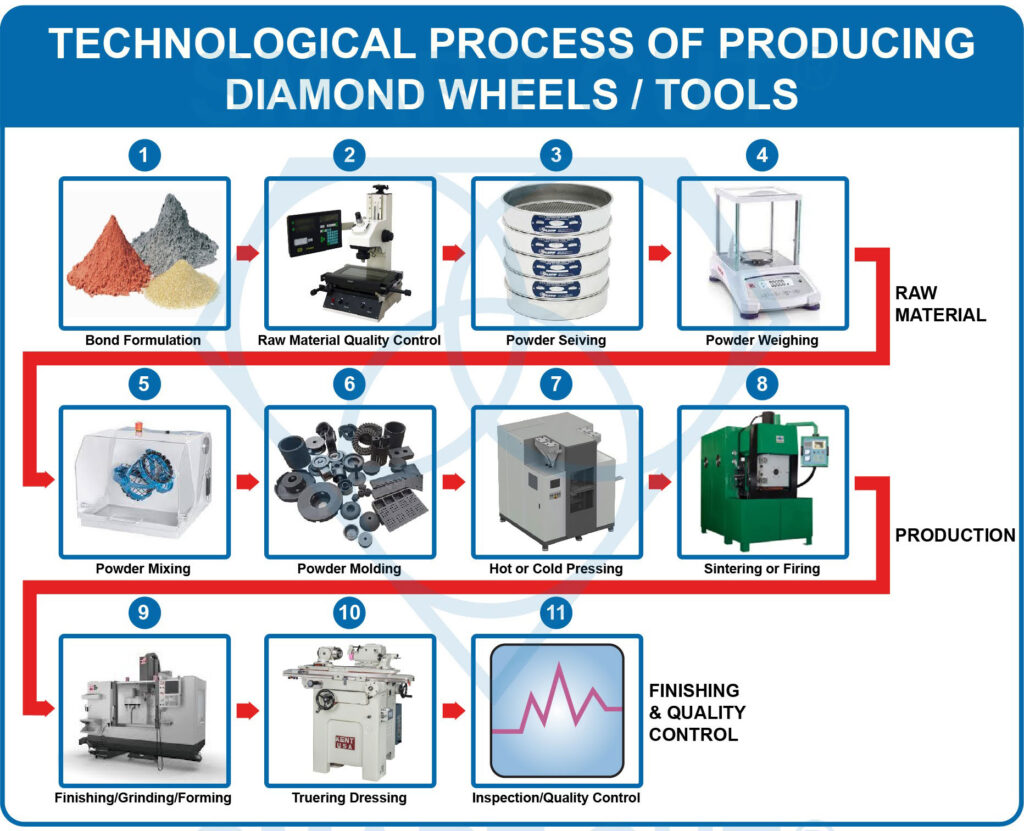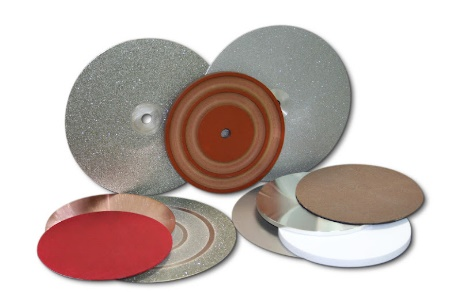Selecting the right dicing blade parameters, often involves a trial and error process. Many which can be avoided through experience and understanding of how to use these parameter for your specific application. What works for one application, may not work for another. While there is no real substitute for experience, even new dicing saw operators can quickly become proficient by learning and applying some basic principles of dicing. Many parts of this guide have been published or presented in several industry magazines or presented at conventions.
In order for you to get the most out of your dicing blade, we strongly urge you to read and follow these instructions and suggestions. Doing so will help you save money and time. These suggestions and recommendations have come from years of experience in research, development and manufacturing of dicing blades. As well as years of personal experience and observations of clients like you. The dicing blade itself is only a small factor in your drilling operation. Successful dicing operation is both an art & science. Requiring proper use and understanding of selecting the right diamond dicing for your material / application. Maintaining and using proper:
VARIABLES AFFECTING DICING BLADE LIFE & PERFORMANCE

BLADE DRESSING
Dressing is the process of sharpening diamond particles in diamond bond matrix in order for the diamond particles to freely penetrate into the material, minimize loads, and provide good cut quality. Another reason for dressing blades is to clean a loaded blade from debris that is filling the pores between the abrasive particles. Cutting into the dressing plate creates mechanical and thermal stress and thus produces clean surface.
Dressing can be done by the following methods:
-
 Chemical etch (nickel binders)
Chemical etch (nickel binders)
-
 Chemical electrical etching (nickel binders)
Chemical electrical etching (nickel binders)
-
 Grinding (all blade types)
Grinding (all blade types)
-
 Surface lapping (all blade types)
Surface lapping (all blade types)
-
 One line dressing on saw (all blade types)
One line dressing on saw (all blade types)
It is important for the diamonds to be well protruded and exposed in order to easily penetrate into the material being cut. Dicing blades that are poorly dressing will tend to push the material, creating high loads, high cutting temperature/heat and poor cut quality. This can also cause blade breakage.
Resin bond dicing blades have a soft binder and in most cases will require minimum dressing, if any at all. Resin bond dicing blade are typically dressed in the material being cut. This is why they are frequently called “self dressing blades”.
Nickel bond and metal bond blades have much harder binder and much more aggressive dressing is needed in order to achieve the above mentioned goals. Nickel bond dicing blades require dressing. Hubbed nickel bond dicing blades are partly pre-dressed when they are manufactured. And typically do not require any dressing. Dressing will remove nickel built up or diamond protruding from the blade surface are sheared off.
Since nickel bond dicing blades are typically used on silicon. It is recommended to conduct the dressing cycle also in silicon. Dressing programs usually involve various steps of table speeds, starting slow and increasing until production speed is about to be reached. Great care has to be taken that the dressing depth is deeper than the required production cutting depth. This will insure that only dressed blade sections are used for production cutting.
RECOMMENDED DRESSING PROCESS
Dressing procedures are established by end user and based on experience and the application concerned. There is not one common method that applies to all applications. The application below is a good starting point.
Number of cuts Depth Table Speed
5-10 cuts 50 microns 50 mm/s (Truing)
5-10 cuts PD + 100 microns 10mm/s
5-10 cuts PD + 100 microns 20 mm/s
5-10 cuts PD + 100 microns 30 mm/s
continue until production table speed is reached
PD = production cutting depth
When cutting silicon most nickel bond hubbed dicing blades do not require dressing. However on gallium wafers, dressing will be beneficial and increase blade life and improve cut quality. It is specially recommended to dress blades used on gallium and III-V wafers.
Sometimes a blade that requires dressing is mistaken for a defective blade (blade that cannot be used). This is not necessarily the case. The most frequent cause of this affect is a diamond particle or few diamond particles excessively protrudes from the nickel bond matrix, causing excessive chipping. By dressing the blade, this problem will be eliminated.
COOLING
Coolant supply position and pressure is critical to minimize chipping, and maintain consistent and acceptable cut quality.
Coolant serves many functions in dicing operation:
-
 Cools blade diamond section and material being cut
Cools blade diamond section and material being cut
-
 Provides lubrication to minimize friction between blade and material
Provides lubrication to minimize friction between blade and material
-
 Washes out and removes powder residue and swarf from cutting process
Washes out and removes powder residue and swarf from cutting process
The amount of coolant and its supply is of little importance when cutting silicon with nickel bonded dicing. Most dicing saw operators used deinonized water for this application. If the wafers are sensitive to electrostatic charges, the required conductivity is set using CO2. For this application single nozzle may be sufficient.
However when cutting ultra hard & brittle materials the coolant flow direction and position will play a major role in determining blade life and performance.
Dual nozzle configuration is best suited to supply adequate amount of coolant at point of contact between blade and material. Coolant should be pointed at blade point of contact and leading edge of blade. The dual nozzle system provides two separate streams of coolant into cutting zone at angle of cutting edge of the blade. Each stream will cool one side of the blade. The nozzles should be as close as possible to the point where the blade enters the substrate. Coolant flow should blast with high velocity into the kerf to improve removing debris. wide kerfs an premature blade water is a result of improper coolant amount or flow applied at cutting zone. By correctly position the coolant stream in front of the blade, the coolant will flow on top of the material. In addition, coolant will be drawn into the kef
When cutting silicon the direction of cutting is not of ultimate importance. Often most wafers are cut by moving the table back and forth. However, when cutting hard and brittle materials this quiet different. The blade should enter into the material “cutting down”. As the blade penetrates the surface of the material, chips removed by diamond particles become smaller the deeper the blade penetrates. This cutting direction is most optimal to provide best cut quality.
When cutting in the opposite direction the blade enters the substrate almost tangential. The chips removed are being small and start but their size increases to maximize where the blade exits the face of the substrate. Much chipping at the surface is the result. Cutting in the up direction creates more edge chipping than cutting down. The spindle torque is noticed to be the large cutting up than when cutting down.
Typical surface speeds in dicing applicable are in range of 60 to 120 m/s. for nickel bond blade on silicon 90 m/s. when using resin bonded dicing he blade the blade behavior can be altered by changing the surface speed. Provided the chuck speed is keep at constant, an increase of rotational sped will act like increasing the bond hardness (longer blade life, more chipping), a reduction in rotational speed will have
Use of coolant when dicing thicker material
Dicing thicker material over .100” 925.4mm) presents additional challenges to dicing blade and supplying sufficient coolant directly to bottom of cutting zone. Some possible solutions to resolve this include specially formulated water soluble based dicing coolant. Doing so would lower the surface tension of the water and help coolant better penetrate the full depth of kef. Furthermore the coolant would act as a lubricant and aid in minimizing the load created by dicing process. Another solution would involve use of specialized flange set.
RECIRCULATING COOLANT SYSTEMS
Recalculating coolant systems, require filtering to remove the swarf particles created during cutting process. These coolants systems typically use either cartridge, centrifugal, or cascade. Which process to use will depend on your application. Excessive amount of swarf particles mixed in coolant will slow heat transfer of coolant and may cause surface damage to material being cut. Coolant system must be constantly controlled and monitored in order to insure process consistency
Coolant temperature will also have an affect on blade life and cut quality. Typically coolant temperatures of 50 degrees F (10 degrees Celsius) will provide best results. White coolant temperatures above 80 degrees F (27 C) should be avoided. Refrigeration of the coolant system can be used with most coolant systems and will provide best results.
COOLANT MAINTENANCE & OPTIMIZATION
Coolant is one of the most overlooked variables in the overall dicing process. Effective and proper use of coolant and recalculating coolant system will pay off in terms of improved surface finish quality, increased blade life and more consistent cutting results. Coolant does more than just cool the blade and material, it other more important roles include: lubrication, flush away swarf particles. For most affective use of coolant the quality of water being used, coolant concentration, and maintenance of the coolant tank makes a difference. Different geographic areas have different water harnesses. Water containing less than six grains of dissolved minerals per gallon is considered soft water, water containing more then seventeen grains per gallon is considered hard. The best coolant water to use in a coolant system is chemically pure water, which is free of all dissolved solids. Chemically pure water and reverse osmosis. Reverse osmosis is the method most recommended by coolant manufacturers, however not always available. Deionized water offers much improvement over available plant water.
Water in the tank can evaporate and remaining water can become harder. Hard water affects coolant capabilities in many ways decreased capability to the rust inhibitor, increased foaming, formation of a sticky residue, and increased bacteria counts. Coolant concentration should be controlled and maintained to ensure that the coolant is being used at optimum efficiency. Too little coolant in the tank will lead to corrosion and rancidity, while too high of a concentration can also cause foaming. Maintenance of the re-circulating tank is also critical to coolant performance. Cleaning he tank is a dirty job, but if done often enough and thoroughly, it can increase the performance of your dicing saw. Keeping he coolant tank clean will ensure that you are getting the most form your coolant, keeping corrosion and bacterial growth a bay while providing the necessary coolant, lubrication and protection of your blades and material.
MATERIAL MOUNTING
Mounting material is the first step in dicing process. Its very important to use the right mounting media for your specific application/requirements. There is large variety of mounting methods available to best suit each dicing application. High volume dicing applications require use of UV tapes. Where on small applications, R & D applications, and application for dicing small die and ceramic s many bond one wafer to a selected dicing substrate by waxing. Selecting the right mounting methods will play a major role in optimizing your dicing application to ultimate level of efficiency.
When material is to be diced/scribed partially (not all the way through). The mounting method to use is of little importance. However when cutting all the way through the material there will be many variable in play that need to be controlled in order to achieve best results. Your goal should be to have good and uniform contact between material and type. Without presence of any air bubbles, dust or dirt particles between material and mounting media.
TAPE MOUNTING
Tape is most common and frequently used mounting methods for majority of dicing applications. Tapes are preferred my majority of dicing applications, because of their ease of use, ease of handling, and fact that it can also be used later in die mounting process. Large variety of tapes are available today. Low strength, medium strength, and high strength tapes Mounting is done manually or utilizing wafer mounting systems.
Tapes are available with different adhesives with what is called “tackiness characteristics”. Adhesion characteristics of the most common tapes are 215-315 fr/25 mm. Tape thickness varies depending on application and material being diced. For example for cutting silicon wafers tape thickness of .010” (0.25mm) is typically used, where for thick alumna substrates tape thickness of .080 (2.03mm) is implemented
Low strength adhesive tapes are not recommended for cutting small dies, as well as large production applications. For these applications most users use medium and high strength adhesive tapes. Determining which tape to use for your application, sometimes may involve some trial and error.
For example the length of time the material or wafer will stay in contact with the mounting tape before and after dicing will determine whether to use medium or high strength tapes.
Wafer/material thickness is another consideration when selecting the right mounting adhesive. Very thin dies work well with waxes and medium strength tapes. Whereas, thicker wafers work better with medium to high strength tapes.
Cutting too deep into the mounting media will cause the blade to “load”. Minimize the depth in which the blade touches the mounting media. It is recommended to cut no more thane twenty five microns into the media. Cutting too deep into the media will cause premature blade failure. The blade can also agglomerate with the cutting media, resulting in chipping.
WAX/GLUE MOUNTING TO MEDIA
Waxing or gluing material to solid media is usually most reliable and preferred form of mounting. Wax/glue mounting offers the following advantages:
-
 Improved holding characteristics, specially when dicing smaller die sizes
Improved holding characteristics, specially when dicing smaller die sizes
-
 No lip effect – capability to cut much deeper into the base material. This typically results in better cut quality, specially on back side of ma
No lip effect – capability to cut much deeper into the base material. This typically results in better cut quality, specially on back side of ma
-
 Eliminates any die movement, specially when dicing second index
Eliminates any die movement, specially when dicing second index
-
 Substrates not perfectly flat can be mounted. The wax/glue compensates by filling in the gaps
Substrates not perfectly flat can be mounted. The wax/glue compensates by filling in the gaps
-
 Different hardness base media can be used to control blade wear and simultaneously dress the blade. Common base media used is glass or ceramic.
Different hardness base media can be used to control blade wear and simultaneously dress the blade. Common base media used is glass or ceramic.
Wax mounting is typically used for mounting very thin and brittle materials. There is a large variety of waxes that can be used for this purpose. These are typically available in lumps, molded bricks, flakes, chips and powders. Wax provides best adhesion of material to supporting substrate. Allowing deep cutting into substrate. This frequently eliminates the lip effect and cracks at the bottom of material. Also wax expands as it fills in the gaps of a non flat substrate. Providing best adhesion of material/dies, equates in superior cut quality and consistency.
Some disadvantages of wax mounting is that is a relatively messy process. Specially taking off the material and cleaning dies afterwards.
Waxes have various characteristics that make the best suited for specific applications than others. This depends on their melting point, flash point, specific gravity, structure, hardness, brittleness, flexible and elastic characteristics.
MECHANICAL CLAMPING/FIXTURING
Mechanical clamping is typically used when geometry of material being mounted is unevenly shaped, that other mounting methods cannot be used. This method also offers number of advantages for more standardize/flat materials in ease of use, loading, and unloading. Some challenges of mechanical fixturing chipping at bottom of the cut. The problem is the back side of material does not have firm support at cutting area, therefore creating higher chipping rate.
BLADE MOUNTING
Proper blade mounting in a flange set in acceptable condition is key to any successful dicing operation. Any small scratch or nick in flange edge can cause improper blade mounting. This can lead to slanted cuts, blades wobbling and wider cuts, more chipping, or even possible blade breakage.
OPTIMIZING DICING PARAMETERS
When it comes to optimizing your dicing operation. Two most important variables spindle speed and feed rate will typically take presence over all others.
SPINDLE SPEED / RPM’S
Different material have different requirements for cutting speed. Material hardness, density, and spindle sped will affect both spindle speed and therefore cut quality.
Low spindle RPM’s will cause the blade to wear faster to maintain better cut quality. Causing softer dicing action, where each diamond particles grind out larger portion of material. Higher spindle RPM’s will do the opposite. Each diamond particle will grinds away a small portion of material, creating harder dicing action.
FEED RATE
Feed rate should be determined by your desired cut quality, material hardness, density, and thickness. Most dicing operations require cutting as much material as possible, in shortest period of time possible. Frequently most gains in cutting speed and output are done at the expensive of cut quality. You should maintain the feed rate best suited for your required cut quality. Too high feed rates can also cause excessive chipping and material cracking, increasing die rejection rates.
Frequently high producing dicing operations are under the pressure to meet production quotas and reduce costs. Many dicing operators are tempted to increase feed rates to meet demanding production rates. The short gains in production, can be significantly offset by the costs and time of using extra material, redoing the dicing operation, and additional labor involved in redoing the job and rejecting out of spec parts.
CUTTING DEPTH
Cutting depth is typically determined by material thickness. Cut quality is affected not only by material thickness, but the mounting media as well.

